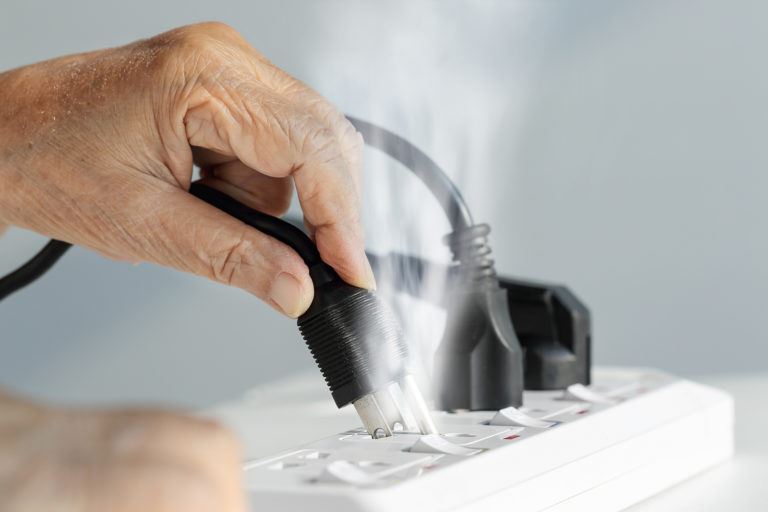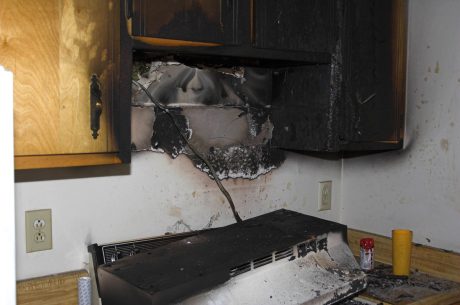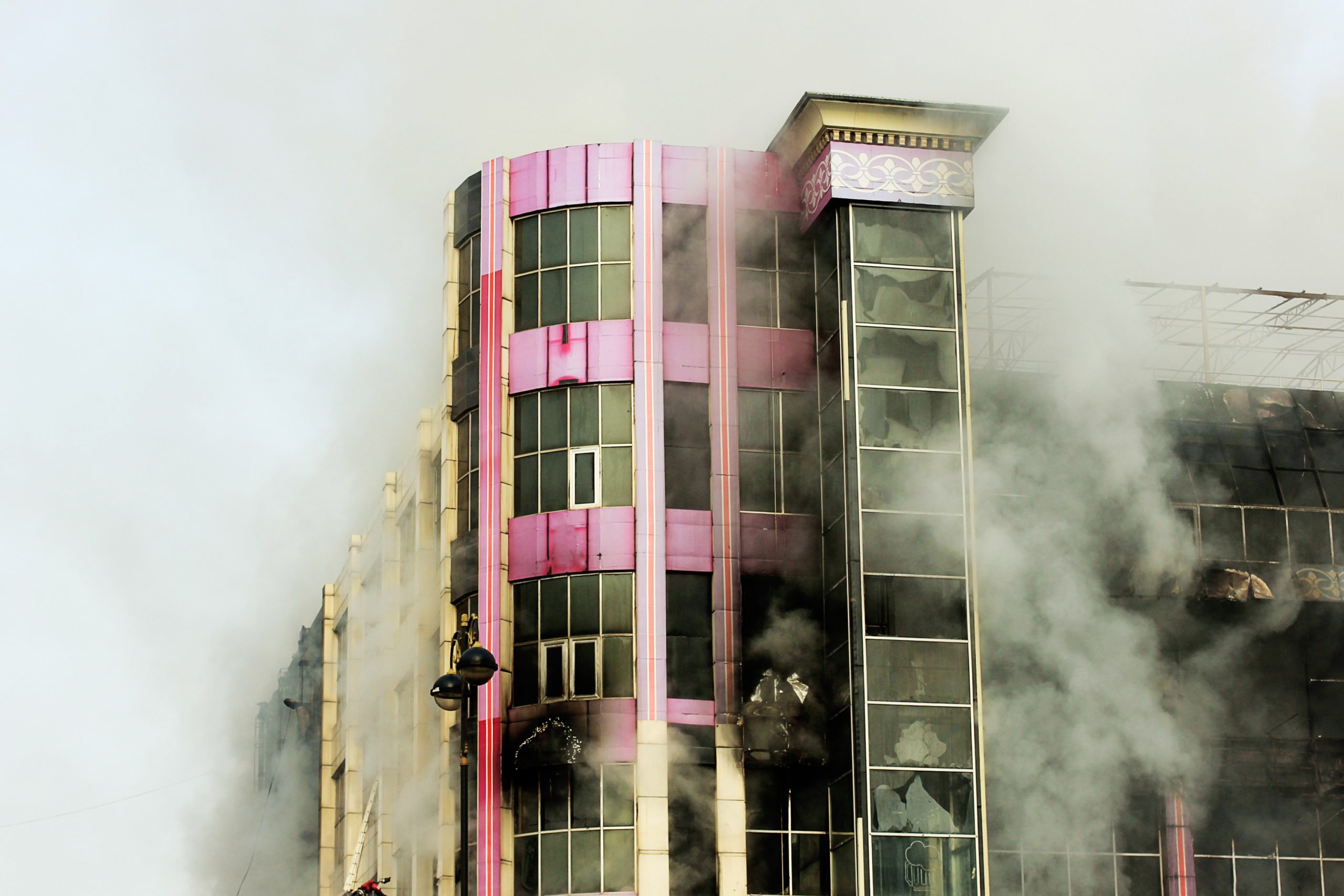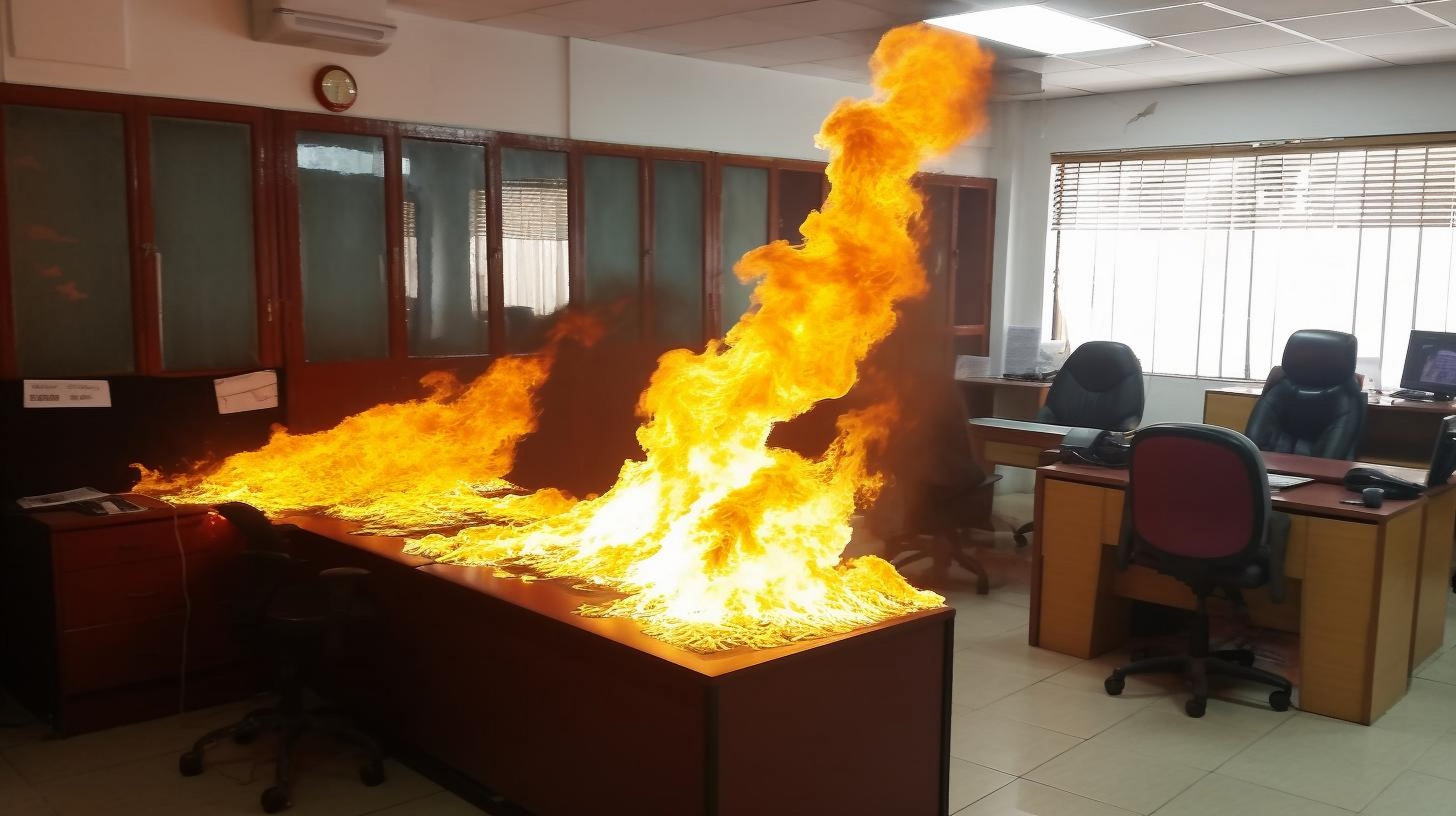Table of Contents

Electrical damage after a flood or fire is a serious concern for homeowners. Water and electricity don’t mix, and the aftermath of a fire can leave your electrical systems compromised. If you’re dealing with electrical damage, knowing what to do and how to keep your home safe is essential. In this blog post, we’ll outline the safety precautions and steps you should take when dealing with potential electrical hazards caused by a flood or fire.
Electrical Damage After a Flood or Fire
Floods and fires can wreak havoc on a home’s electrical systems. When water comes into contact with electrical outlets, wiring, or appliances, it can create dangerous situations such as short circuits, electrical shocks, or even fires. After a fire, the heat and smoke may damage electrical wiring, leaving it exposed and dangerous. In either scenario, electrical damage must be handled carefully to avoid further harm.
Safety Precautions for Electrical Damage
Before you take any action, your safety should be the top priority. Follow these essential precautions when dealing with electrical damage after a flood or fire:
1. Turn Off Power to the Affected Areas
- If you suspect any electrical damage, immediately shut off the power to the flooded or fire-damaged areas. Locate your home’s main electrical panel and switch off the breakers connected to those areas. If you’re unsure or the panel is compromised, contact an electrician for help.
2. Don’t Touch Electrical Appliances or Outlets
- Water and electricity together can be fatal. Do not touch any electrical appliances, outlets, or cords if they have come into contact with water. The risk of electrical shock is high in flooded areas.
3. Use a Ground Fault Circuit Interrupter (GFCI)
- If you need to use electrical tools during cleanup, make sure they are plugged into outlets protected by GFCIs. These devices will automatically shut off power if they detect an imbalance in electrical flow, protecting you from shock.
4. Wear Protective Gear
- When dealing with areas impacted by electrical damage, wear rubber-soled shoes, gloves, and protective eyewear to reduce the risk of shock.
Steps to Handle Electrical Damage After a Flood or Fire
Once you’ve ensured your immediate safety, it’s time to address the electrical damage. Here’s a step-by-step guide on how to deal with the aftermath:
1. Contact a Licensed Electrician for an Inspection
- Never attempt to fix electrical damage yourself. Always call a licensed electrician to thoroughly inspect your home’s electrical system. They will evaluate the extent of the damage and provide a plan for repairs.
2. Assess the Damage to Electrical Wiring
- Electrical wiring that has been submerged in water or exposed to fire should be replaced. Floodwater can corrode wires, making them unsafe to use. Similarly, the heat from a fire can cause insulation around the wires to melt, increasing the risk of short circuits.
3. Check Electrical Outlets and Switches
- Floodwater and soot from fires can cause electrical outlets and switches to malfunction. Your electrician should test each outlet and switch to determine whether they need to be replaced. In many cases, outlets that have been submerged in water or damaged by fire should be replaced entirely to ensure safety.
4. Inspect Electrical Panels and Circuit Breakers
- The heart of your home’s electrical system, the electrical panel, must be carefully examined after a flood or fire. If water has entered the panel or the fire has damaged it, the entire unit may need to be replaced. Circuit breakers are designed to prevent electrical overloads, but if they’ve been compromised, they can fail and create hazardous conditions.
5. Evaluate Appliances for Electrical Damage
- Any appliances exposed to water or fire may be compromised. Your electrician can test the wiring in these appliances, but in many cases, it’s safer to replace them. Continuing to use appliances that have suffered electrical damage increases the risk of electrical shock or fire.
6. Replace Damaged Wiring and Components
- After a thorough inspection, your electrician will likely recommend replacing damaged wiring, outlets, switches, and any compromised electrical components. This is crucial to ensure your home’s electrical system functions safely.
7. Test the Electrical System
- Once repairs are complete, your electrician will test the entire electrical system to ensure it’s safe and up to code. This includes checking for proper grounding, circuit continuity, and overall functionality.
Preventing Future Electrical Damage
Now that you’ve addressed the immediate concerns, here are some tips to prevent future electrical damage from floods or fires:
- Elevate Electrical Systems: In flood-prone areas, consider elevating electrical outlets, wiring, and appliances above potential flood levels to reduce the risk of damage.
- Install Surge Protectors: Power surges caused by electrical damage can destroy appliances and devices. Installing whole-home surge protection can protect your electronics.
- Regular Electrical Inspections: Schedule routine electrical inspections, especially if your home is older or has experienced previous damage.
- Use Fire-Resistant Materials: When rebuilding after a fire, use fire-resistant materials to protect wiring and electrical components from future fire damage.
Conclusion
Electrical damage after a flood or fire is a serious issue that requires professional attention. The risk of electrical shock, fires, and further property damage is too great to ignore. Always prioritize safety by turning off power to affected areas and contacting a licensed electrician to inspect and repair the damage. By following these safety precautions and steps, you can restore your home’s electrical system and ensure it’s functioning safely.
If you’ve experienced electrical damage and need help, don’t hesitate to contact us. Our team of professionals is here to assist you with all your property damage restoration needs. Call us now on +1 305 894-4343.



 PuroClean of Coral Gables
PuroClean of Coral Gables